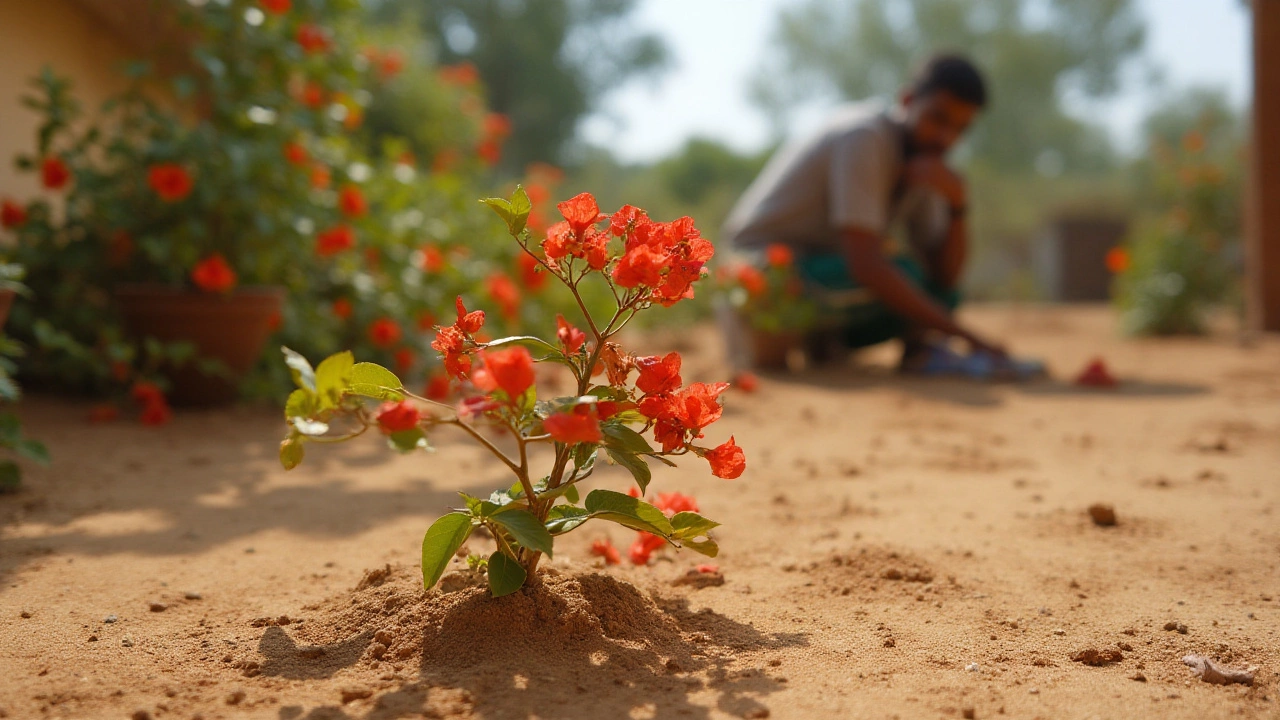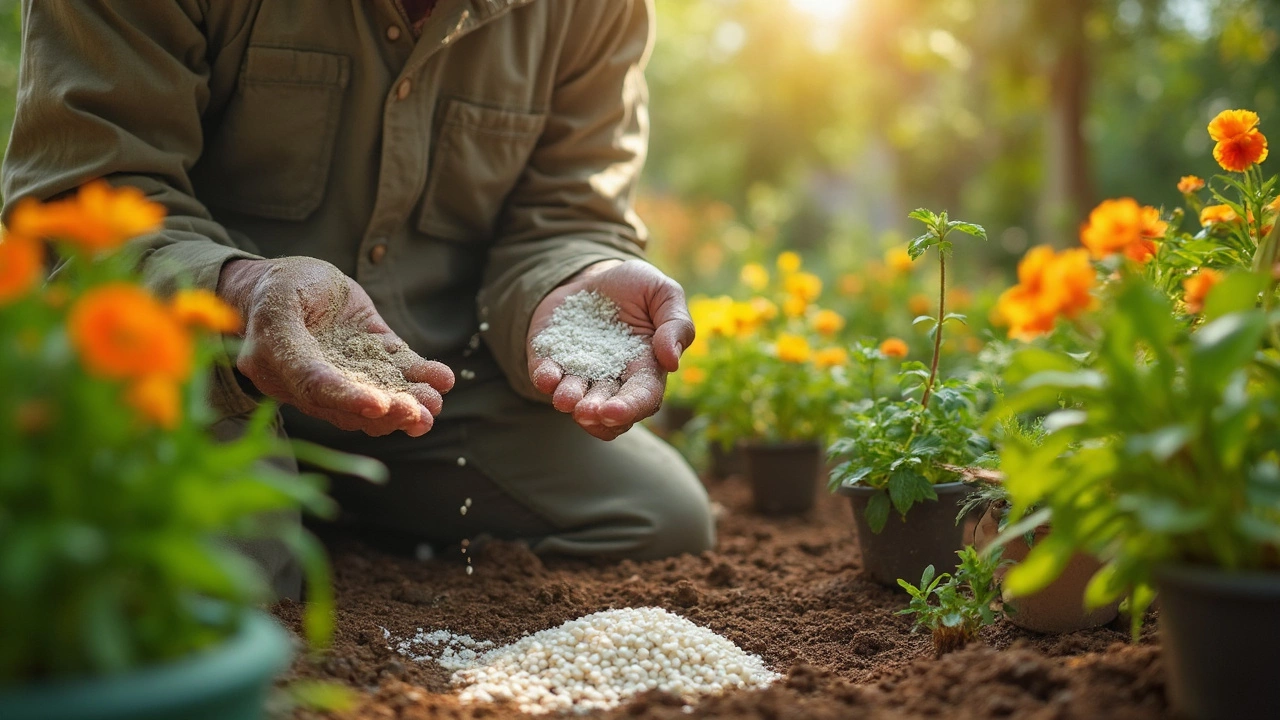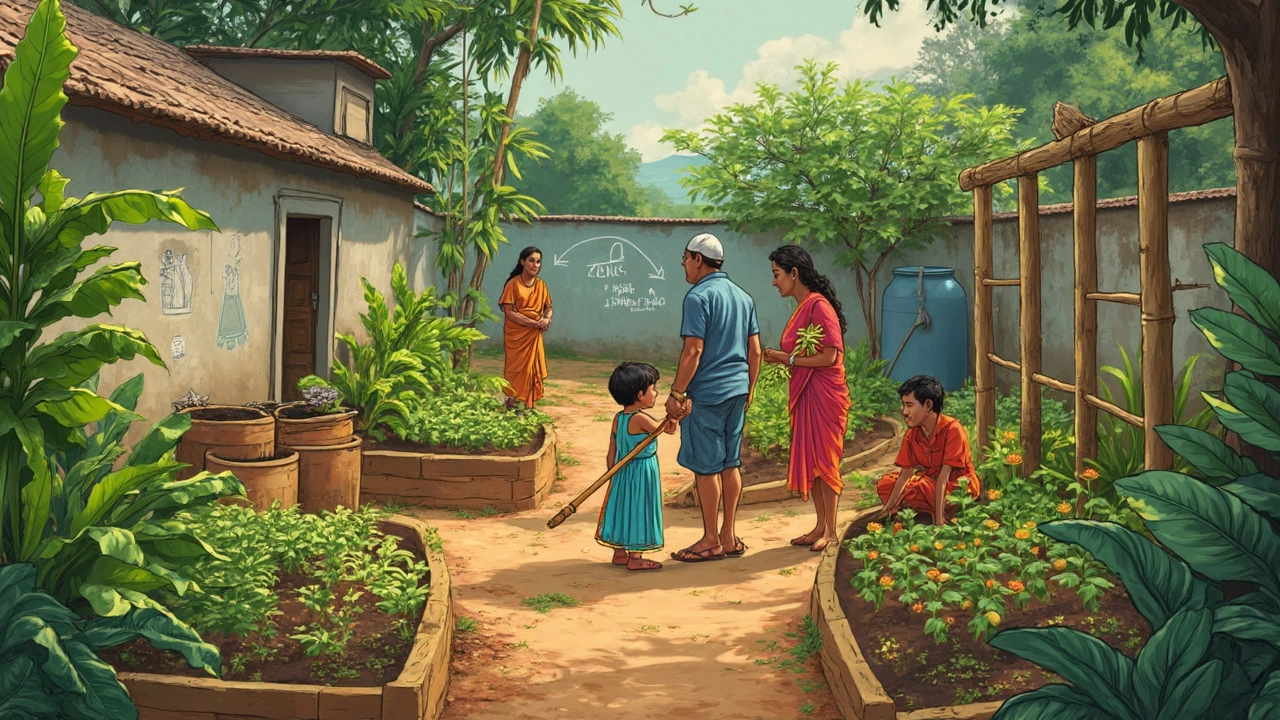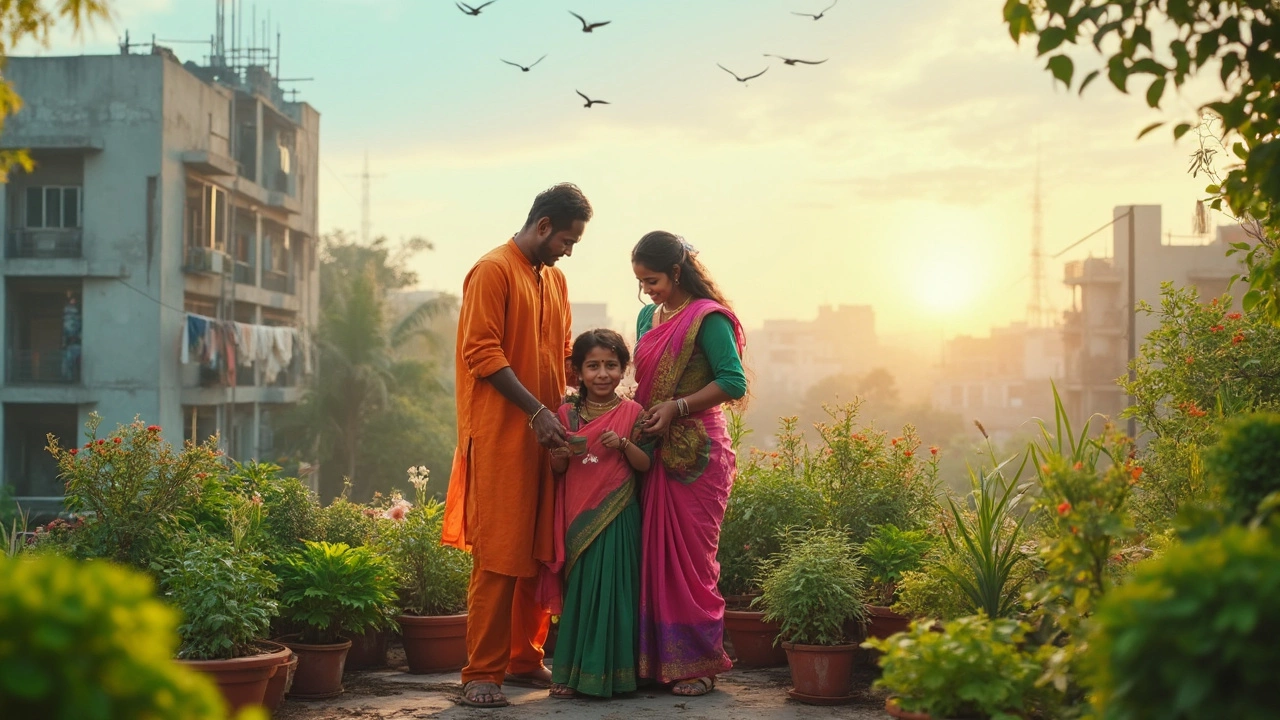Indian Gardening Tips for Every Season
When working with Indian gardening tips, practical advice tailored to India's diverse climates, soils, and seasonal rhythms. Also known as Indian garden advice, it helps beginners and seasoned growers alike. By focusing on local conditions, you can avoid the trial‑and‑error that wastes time and water. Indian gardening tips are the backbone of a thriving backyard, balcony, or rooftop garden.
Key Practices That Shape Success
The first major pillar is no-till gardening, a soil‑conservation method that leaves the ground undisturbed and builds organic matter. No‑till gardening improves soil structure, encourages earthworms, and reduces erosion – a perfect match for the monsoon‑heavy regions of India. This practice enables healthier root development and less water runoff, linking directly to the broader goal of sustainable Indian gardening.
Another essential element is container garden watering, the practice of monitoring moisture and delivering water at the right intervals for pots and planters. Daily watering myths often lead to over‑watering, which suffocates roots. By testing soil moisture with a simple finger check or a moisture meter, gardeners can set a realistic schedule that saves water and keeps plants vibrant.
When you combine proper watering with drip irrigation, a low‑pressure system that delivers water directly to the root zone through tubes or emitters, the result is a water‑smart garden. Drip irrigation reduces evaporation, curtails weed growth, and works hand‑in‑hand with mulching strategies. In Indian heat, this method can cut water use by up to 50% while delivering nutrients straight to where plants need them.
Dry, compacted soils are a common headache, especially after the scorching summer months. The technique of soil rehydration—adding organic matter, using mulches, and applying gentle irrigation—revives hard ground quickly. By letting the soil absorb water slowly, you lock in moisture for longer periods, which benefits both no‑till beds and container plants.
All these practices—no‑till, proper container watering, drip irrigation, and soil rehydration—interact to form a resilient gardening system. For example, a no‑till bed paired with drip lines and a mulch layer creates a self‑regulating moisture environment that needs minimal intervention. This synergy directly supports the central goal of Indian gardening tips: producing healthy harvests with less labor and resource waste.
Beyond the basics, regional specifics matter. In the arid zones of Rajasthan, selecting drought‑tolerant varieties and using early‑morning drip runs prevent heat stress. In the humid coasts of Kerala, focusing on good air circulation and avoiding waterlogged soils keeps fungal problems at bay. By adjusting the core techniques to local micro‑climates, gardeners can unlock the full potential of their plots.
Below you’ll find a curated list of articles that dive deeper into each of these topics. Whether you’re curious about how often to water a container garden, how to kick‑start a no‑till bed, or how to set up a drip system under mulch, the posts ahead cover practical steps, common pitfalls, and real‑world examples tailored to Indian conditions.
Where Not to Plant Bougainvillea in India to Ensure Vibrant Growth
Bougainvillea, with its vibrant and lush blooms, is a popular choice among gardeners. However, it's crucial to know the places where it should not be planted for optimal growth. Factors such as climate, soil type, and environmental conditions greatly influence its health and bloom quality. This article explores locations in India unfavorable for bougainvillea and offers insights on thriving environments for this tropical plant.
- manufacturing
- India
- food processing
- garden tips
- rice cultivation
- government schemes
- balcony garden
- urban gardening
- balcony gardening
- profitable business
- business ideas
- plastic manufacturing
- drip irrigation
- plant care
- steel manufacturing
- sustainable gardening
- startup ideas
- steel industry
- flower gardening
- textile manufacturers






